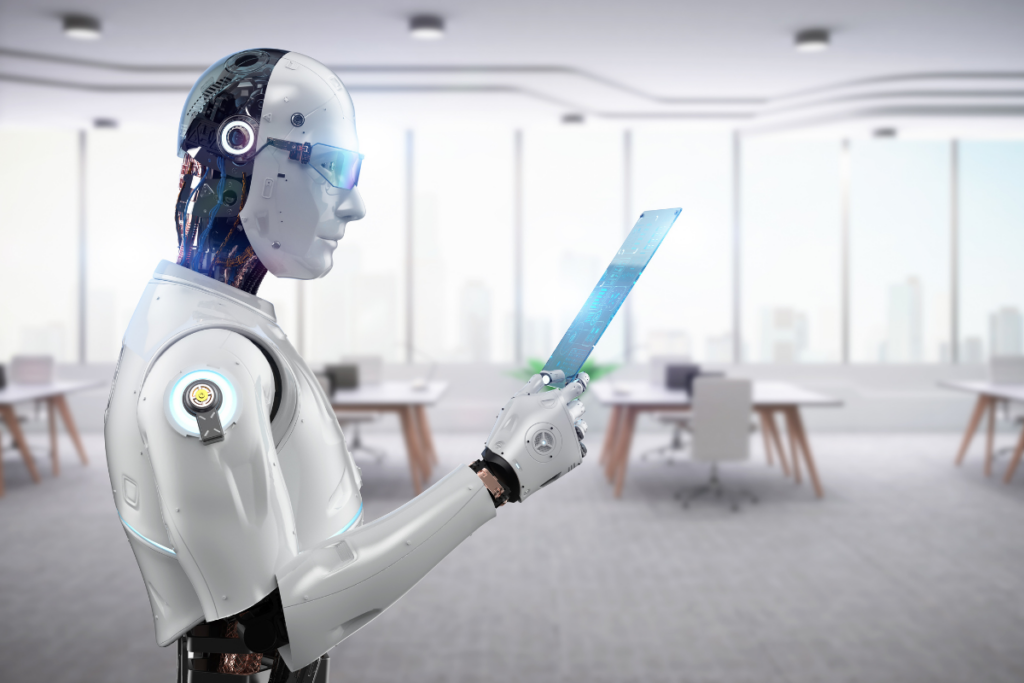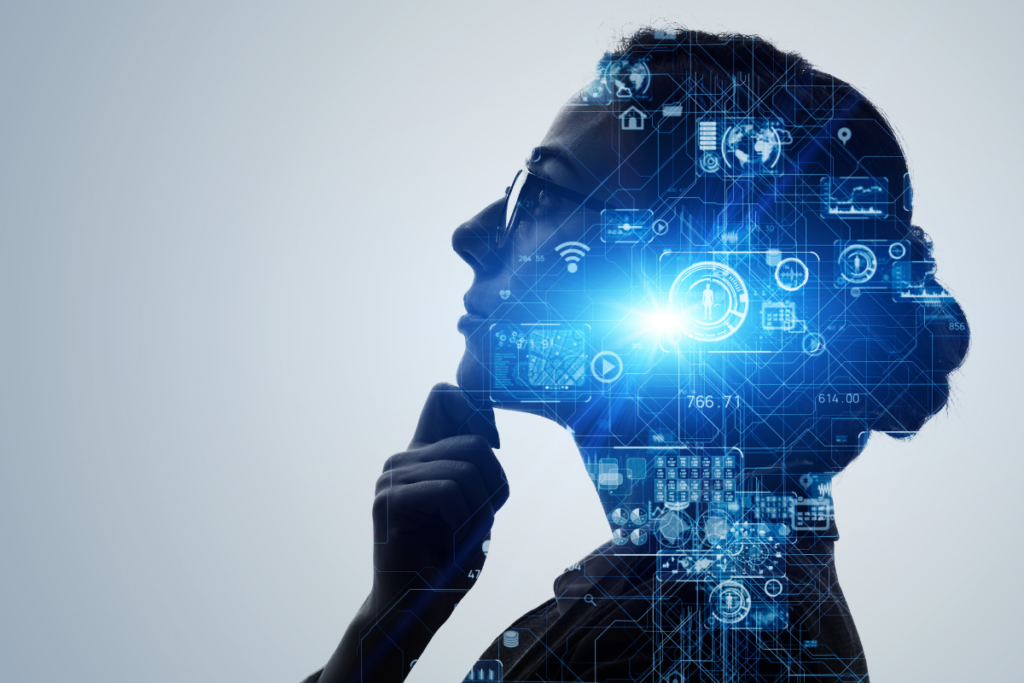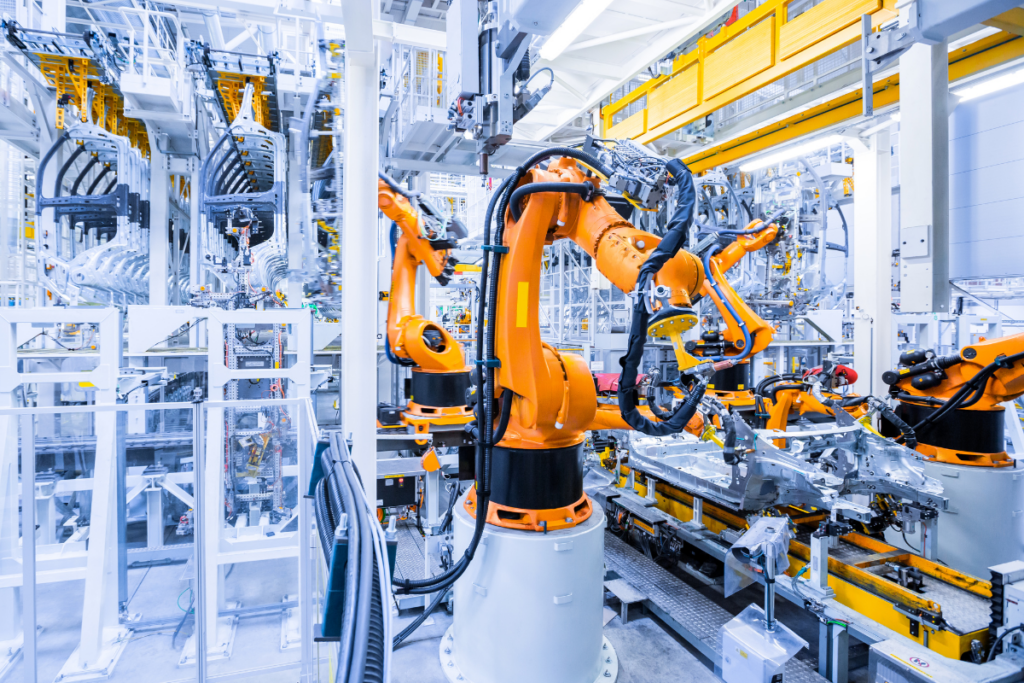Stay Ahead of AI’s Magic

AI has that magic quality that tempts us to imagine powers even greater than its already impressive abilities. Like the whale that becomes Moby Dick or an ape that prompts sightings of the Yeti. The leap from reality to make-believe is easy. And the difference between truth and speculation can be difficult to see.
I was going to call this post “AI fact or fiction.” Then, I began researching common myths. I realized that while many of these ideas are currently in the realm of fantasy, the future is so uncertain that we can’t say they will permanently reside there.
Here is my disclaimer. Most of these concepts are up for grabs. They represent gray areas which may not be true today, but their tomorrow is an unwritten story.
Artificial intelligence is similar to human intelligence.
AI in its current iteration, is not like human intelligence. There are many definitions of intelligence. Wikipedia offers this one: Intelligence has been defined as the capacity for abstraction, logic, understanding, self-awareness, learning, emotional knowledge, reasoning, planning, creativity, critical thinking, and problem-solving.
While AI does involve logic and problem-solving, it does not think. It calculates. AI processes information and makes decisions using algorithms and data. Here are some major distinctions between human thought and artificial intelligence courtesy of Bard, ChatGPT, and Bing.

- Human intelligence is driven by the need to adapt to changing circumstances in our environment. Artificial intelligence is focused on problem-solving and completing tasks that were formerly handled by humans.
- Humans are analogical, while AI is symbolic. Humans think in terms of analogies and metaphors, which allows us to connect concepts and ideas. AI, reasons using symbols and representations, which are more precise and unambiguous.
- Humans are holistic, while AI is modular. Humans see the big picture. AI systems are composed of modules that can be independently developed and replaced.
- Humans are subjective, while AI is objective. Humans are influenced by biases and emotions, while AI systems are objective. I’m not so sure about this one. AI is only as objective as its programmers and its data. AI’s bias may not have emotional origins, yet there is both evidence and fear that human prejudices are inherent in AI systems.
- Humans are creative, while AI is generative. Humans can invent new ideas and solutions based on emotions, relationships, and a host of other circumstances related to consciousness, while AI systems can only generate new outputs based on existing data. This seems to be another slightly gray area.
What happens when AI has even more vast libraries and generations of human learning to draw from? Is there anything new under the sun? Do we actually “invent” or are our inventions the result of cumulative information and experience? These questions are reserved for scientists with a philosophical bent like Neil deGrasse Tyson and Bill Nye to sort out.
- Humans can base decisions on ethics, morality, and emotions. AI can only use the available data. AI can be trained to mimic its programmer’s values, but it is unable to independently distinguish right from wrong or good from evil. Buyer beware is critical.
Using AI will automatically improve productivity and innovation.
Saving staffers from mind-numbing repetitive tasks and opening time to innovate are some of the best reasons to prioritize understanding AI. However, as I caution with all tech tools, the hammer and nails are only as good as the carpenter. Or perhaps more to the point, don’t give anyone a chainsaw unless you’re sure they know how to use it. Be forewarned, what happens in the BOTs stays in the BOTs forever!
Yes, encourage your staff to experiment with AI. But don’t take chances with your data. Set clear goals and expectations for what you want to achieve. Make appropriate training available.

Offering employees who show interest an introductory class in AI fundamentals will provide a solid foundation for discovery. There are many online educational opportunities. Here’s a sample of the options on Coursera.
- AI for Business by IBM: An overview of how AI can be used to solve business problems and improve decision-making.
- AI for Everyone by Deep Learning: Fundamental concepts of AI and how they can be used to solve real-world problems.
- AI Product Management by Duke University: Covers how AI can be used to improve marketing campaigns and customer engagement. Knowledge needed to develop and launch AI-powered products.
- AI for Finance by Wharton University. How AI can be used to improve financial forecasting and risk management.
The cost of online training from providers like Coursera, Udemy, Udacity, and edX, ranges from approximately $10 to about $500 per course. It seems like a wise investment to ensure that enthusiasm doesn’t lead to costly errors or missteps.
AI is a single technology.
AI represents a growing constellation of technologies from self-driving cars to medical diagnostics. These are the major players across broad categories of applications.
Machine learning allows systems to learn from data without being explicitly programmed. ML algorithms identify patterns and make predictions based on historical data. Spam filtering, fraud detection, and recommendation systems are examples.
Deep learning uses artificial neural networks to learn from data. ANNs are inspired by the structure and function of the human brain. DL applications have revolutionized areas such as image recognition and natural language processing.
Natural language processing is concerned with the interaction between computers and human language. NLP techniques can be used to understand and generate text, translate, and perform other language-related tasks. The bots, ChatGPT, Bard, and Bing are examples of this technology.
Computer vision is the ability of computers to interpret and understand visual information. CV techniques identify objects and scenes in images and videos, track objects over time, and perform tasks that involve visual perception. Facial recognition, self-driving cars, and medical image analysis use this technology.

Robotics is the field of engineering that deals with the design, construction, operation, and application of robots. Manufacturing, healthcare, and logistics are a few of the industries currently using robotics. New uses are constantly being invented for our electronic doppelgangers.
It may be some time before association professionals include all these platforms in business activities. But your members are probably already seeing the introduction of these technologies in their work. That makes understanding current and emerging trends critical. You can’t provide relevant products and services to your audience without a deep knowledge of what they need.
When digital transformation was a novelty, some CEOs viewed the inner workings of technology as outside the scope of their leadership. This disconnect is no longer an option. In rapidly changing markets, knowledge gives you the edge. To keep pace, it’s imperative to understand business beyond the boundaries of your responsibility and your industry.
AI can reason and support decision-making.
Currently, natural language processors provide results based on their training and rules. They are unable to apply nuances of situation and context to the output or adapt to novel situations. So, you shouldn’t ask ChatGPT whether to quit your job or if you should get a puppy—right?
Actually, when I asked the bot whether getting a dog would be a good idea, I received a response urging me to consider a long list of variables such as time, available space, whether I like to walk, and if I have allergies. Even though Chat’s decision-making is governed by algorithms, its data set is large enough to provide advice on a myriad of topics. On the other hand, you probably will not want to entrust AI with issues that demand judgment tempered by human experience. Such as choices that require–
- An understanding of values and ethics
- Subjective judgment and intuition
- Creativity and innovation
- Empathy and compassion
- A holistic perspective of the world that integrates a variety of understanding and multiplicity of points of view.
- A common sense and practical approach. My GPS is a good example of this. It sometimes goes for the labyrinth even though a straight shot was clearly available.
Those a just a few areas where AI is not up to speed. But don’t discount it as a problem-solver. Data crunching is one of its greatest strengths. I advise all my clients to invest in state-of-the-art analytic platforms and use them throughout their organizations to aid in developing strategy and exploring challenges.
Once upon a time, the smartphone seemed like science fiction. Now, it’s part of getting dressed. Today’s magic becomes tomorrow’s ordinary. In the case of AI, the magic seems to be growing almost faster than our imaginations can absorb. That makes understanding the current facts mandatory for any leader who wants to harness AI’s power for future success.

